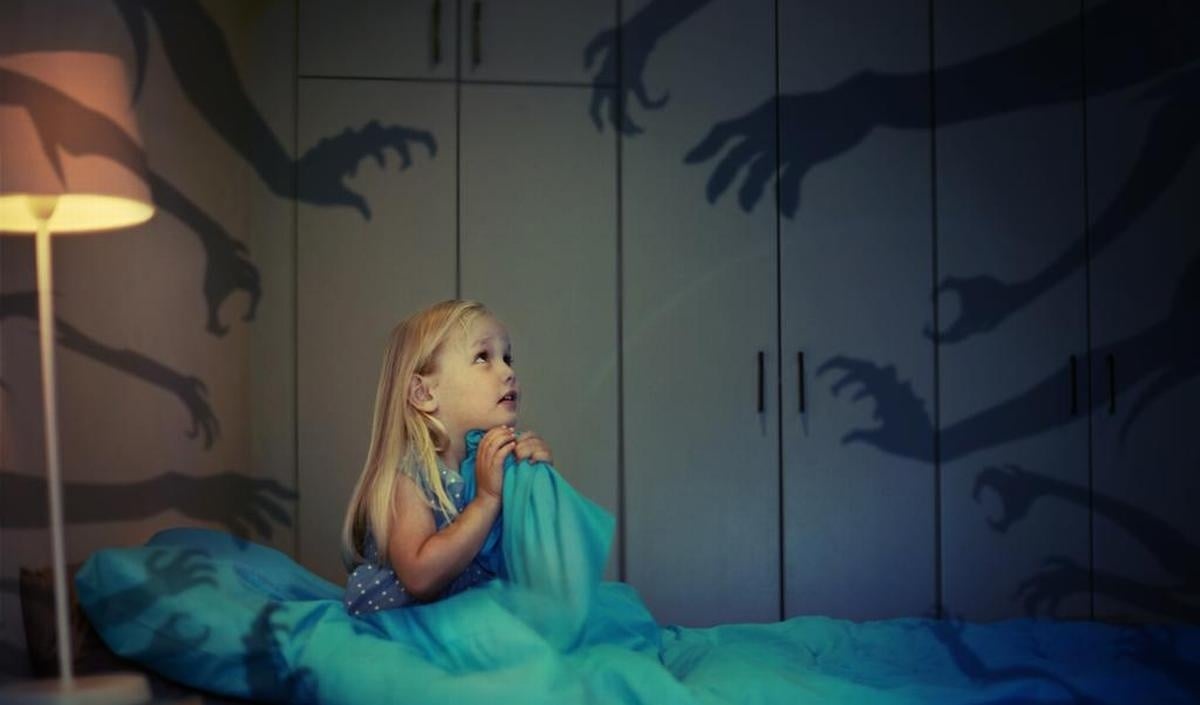Night terrors in children: Understanding and Patience are Crucial
Night terrors, most common in children between 3 and 5 years old, are frightening episodes that differ from ordinary nightmares. Here's what you need to know about these anxiety attacks and how best to respond to them.
Symptoms of night terrors:
- Anxiety attacks usually occur in the early hours of the night, as opposed to nightmares, which occur earlier in the middle or at the end of the night.
- During an anxiety attack, the child wakes up screaming and sits upright in bed, eyes open but actually still in a sleep state. It is difficult to calm the child and your words barely penetrate.
- The child sweats, is restless and may kick, but after a few minutes to a maximum of half an hour, he or she falls back asleep.
- The child usually does not remember anything about the attack the next day.
Why don't children respond:
- During an anxiety attack, the parts of the brain responsible for memory, hearing and feeling are in a sleep state, while the parts responsible for movement and language are active. Therefore, the child may seem unresponsive to reassuring words.
Causes of nocturnal anxiety attacks:
- The exact triggers are not known, but tension, lack of sleep, fever or medication may play a role.
- The brain has yet to learn to develop a stable sleep pattern.
What to do:
- Nocturnal anxiety attacks are not treatable. Doctors' advice is not to wake the child during an attack, as comforting him or her may worsen the anxiety.
- Stay in the same room and wait until the child enters another sleep phase, which will stop the seizure on its own.
- If the child always has a seizure at the same time, it may help to wake them briefly 15 minutes before.
Most children grow out of these seizures after age five. It does not cause permanent damage to the brain, but some children may later sleepwalk, although this is rare.

























0 Comments
There are no comments yet, be the first one to comment....